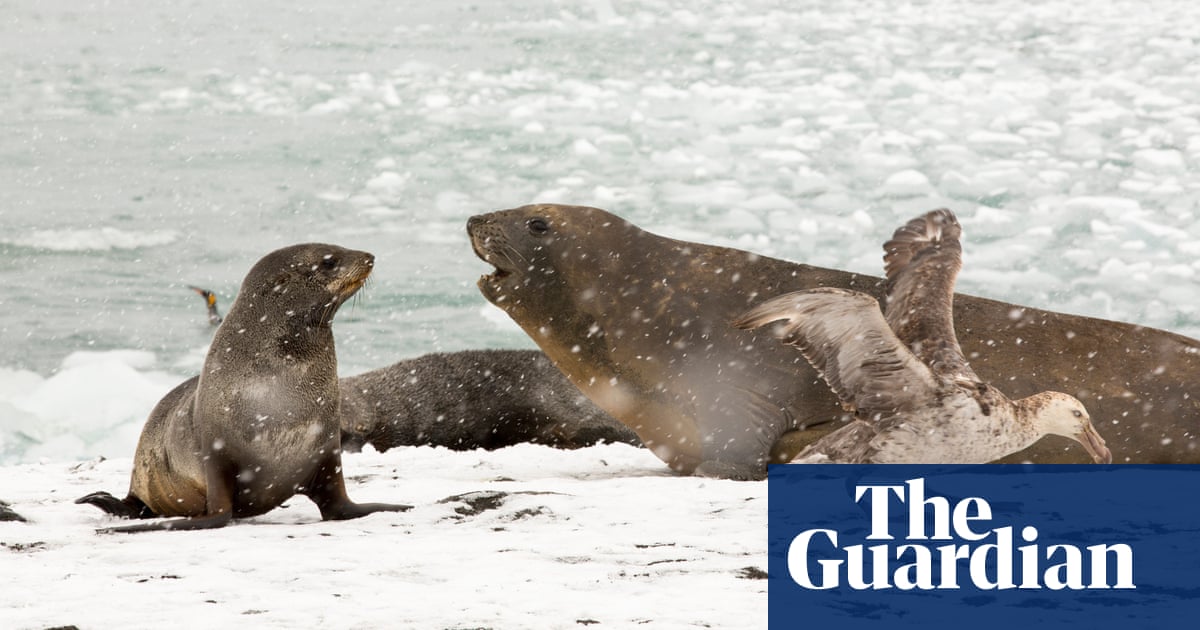
Climate change may be one reason why the so-called devil bird – known for its incessant late-night mating call – has become more common in Melbourne’s outer suburbs, according to researchers.
The koel, a migratory bird, usually arrives in Australia from Papua New Guinea and Indonesia to breed from late September to early October, when the male will sing his advertising call day and night to attract a female.
Jacinta Humphrey, who researches urban bird communities at La Trobe University, said koels were almost never seen in Melbourne until recently and were more common in New South Wales and Queensland.
“They used to be super rare in Melbourne, but now a lot of people report hearing them and they are hard to miss with their incessant calls throughout the night,” Humphrey said.
“There hasn’t been a lot of research into why this is happening, but the general idea is that climate change may be involved.”
Birdlife Australia’s public affairs manager, Sean Dooley, said there was no doubt koels were becoming much more common in Melbourne.
Sign up for Guardian Australia’s free morning and afternoon email newsletters for your daily news roundup
“I remember heading up to Fairfield Park by the Yarra River in 2000 to twitch what was about the sixth koel sighting on record in Victoria,” Dooley said.
“That bird was perhaps the vanguard, as the records have really increased since then. Our Birdata monitoring website now has 750 records of the koel in Victoria.”
Dooley said there were 121 recorded sightings of koels in 2022, according to Birdlife Australia’s latest annual bird count.
“This doesn’t necessarily mean there were 121 birds in the state, as their call is so loud that multiple counters may have heard the same bird,” he said.
Michael Clarke, an emeritus professor in zoology at La Trobe University, has been conducting bird surveys at Victoria’s most southerly point, Wilsons Promontory, for 17 years. He says koels, which are a cuckoo species, leave their eggs in the nests of other birds to feed them.
“In 2017 we got the first record of [koels] down there. There’s been another sighting this year … and that was noteworthy because the host, the red wattlebird, was noticeably abundant in my surveys,” Clarke said.
“The number of sightings are going up and they are being detected more than they were in the past,” he said. “They are clearly exploring territory that we have never seen before and what’s driving that is really puzzling.
“It may be a response to climate change, with places that were previously inhospitable to them now tolerable.
“The red wattle birds at Wilsons Promontory need to be alert to a parasitic species that will deposit an egg into their nest or sometimes raid it.”
Humphrey and Clarke both said more research was needed to understand why koel migration routes were changing.
“They are a bird that is used to warmer temperatures and as things are slowly warming up in the southern parts of the country, they’re deciding that this habitat is suitable and they’ll keep travelling south where there are more resources,” Humphrey said.
Dooley said there may be other factors at play too, like an increase in food in Melbourne suburbs and an abundance of host species, like wattlebirds.
“It’s definitely not due to birds moving our of their core natural range, as there has been an increase in numbers in Queensland and New South Wales,” he said.
“There are a whole suite of east-coast rainforest birds like koels that are spreading south and west into Victoria. Most are fruit eaters, but not all.”











